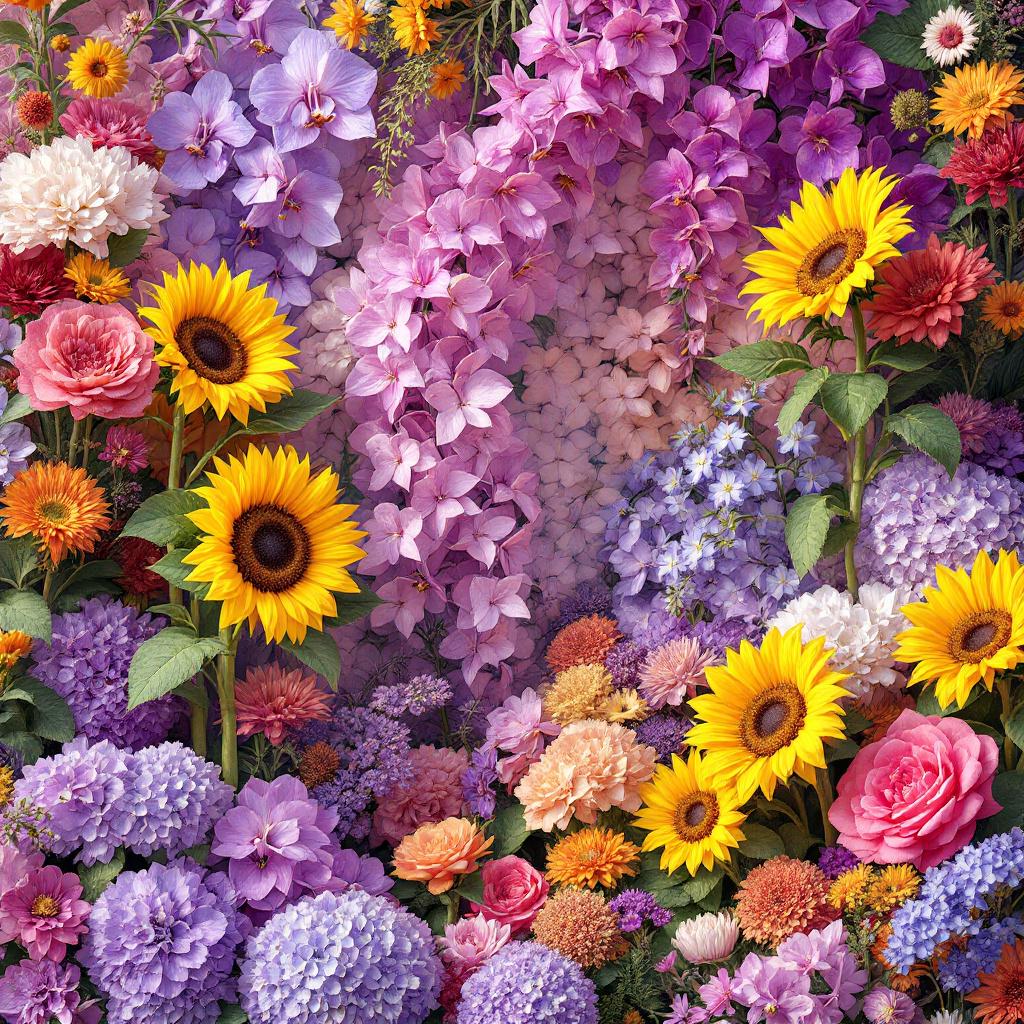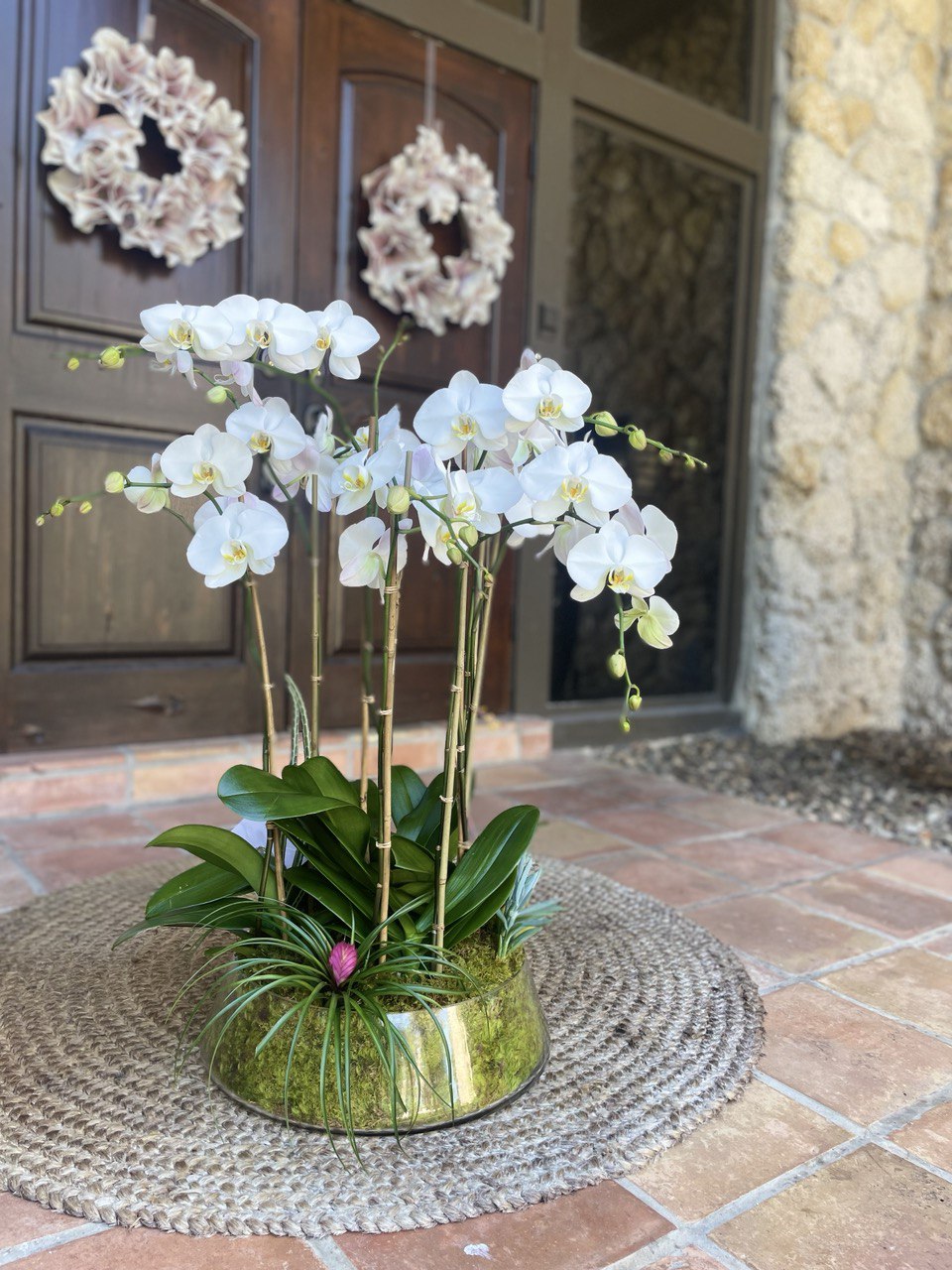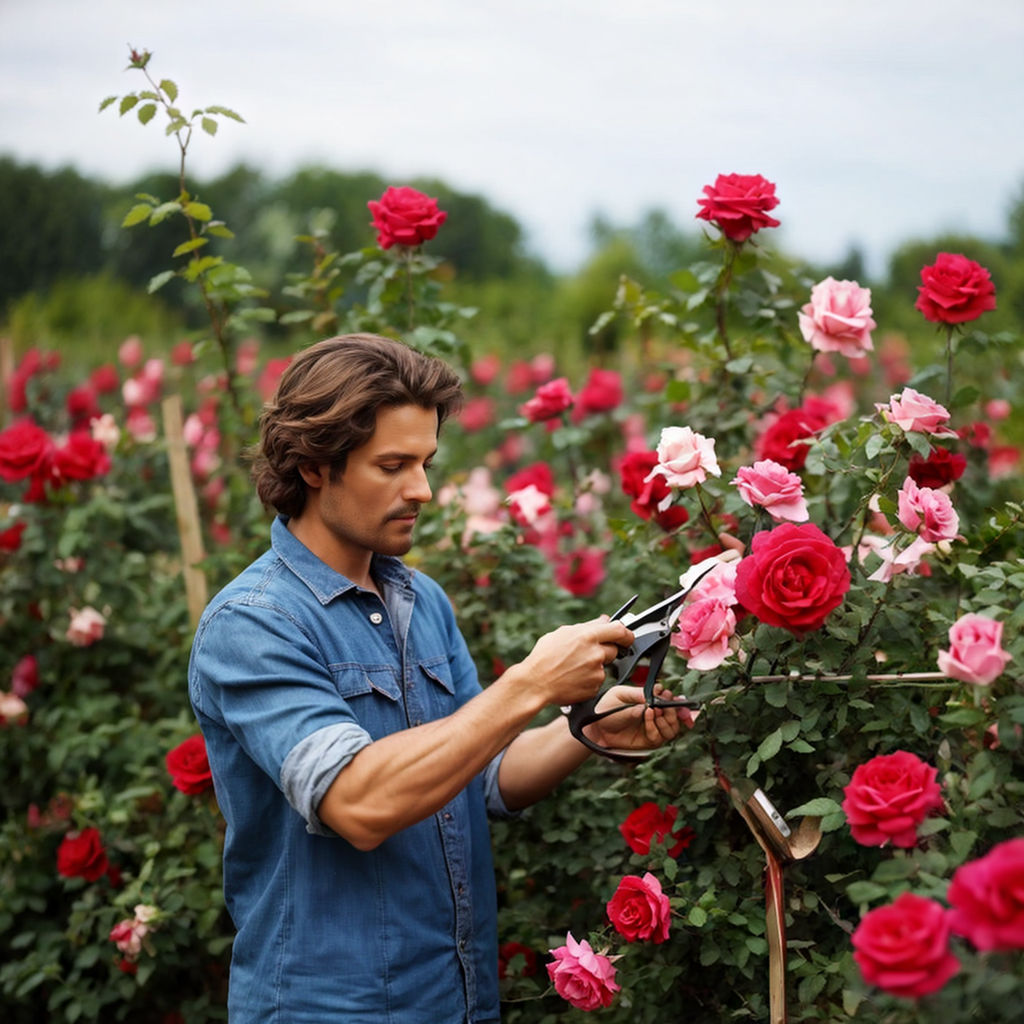Summer flowers play a pivotal role in gardening and landscape design, transforming outdoor spaces into vibrant and inviting environments. Their bright colors and varied textures not only enhance the aesthetic appeal of gardens but also offer numerous ecological benefits. The blooming of summer flowers signals the arrival of warmer weather and encourages outdoor activities, making gardens the perfect retreat for relaxation and enjoyment.
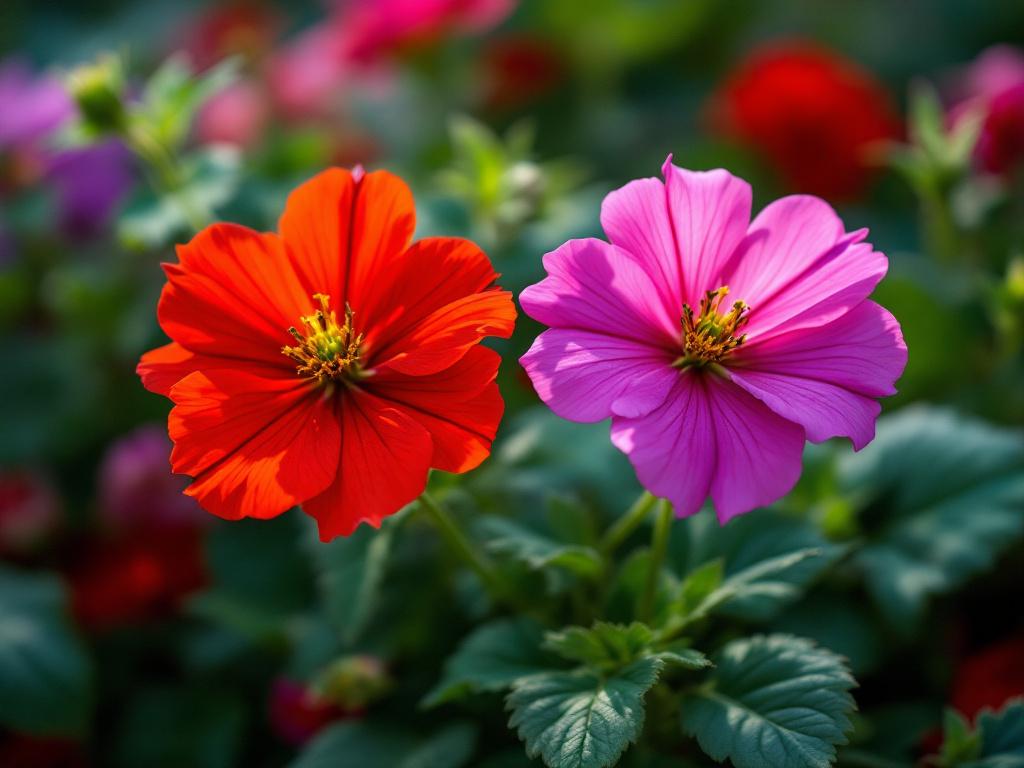
In addition to their visual impact, summer flowers are vital for attracting a myriad of beneficial insects, particularly pollinators such as bees and butterflies. These insects are crucial for the pollination of many plants, ensuring the continuation of various species and contributing to the overall health of the ecosystem. By incorporating an array of summer flowers into landscaping, gardeners can create a habitat that supports these important insects and nurtures the delicate balance of nature.
Furthermore, summer flowers serve as a source of nourishment for wildlife, including birds and other small creatures. The seeds and nectar produced by these blooms are essential food sources during the warmer months. Enhancing gardens with summer flowers not only benefits human enjoyment but also fosters biodiversity, promoting a lively and functional ecosystem amidst urban and suburban settings.
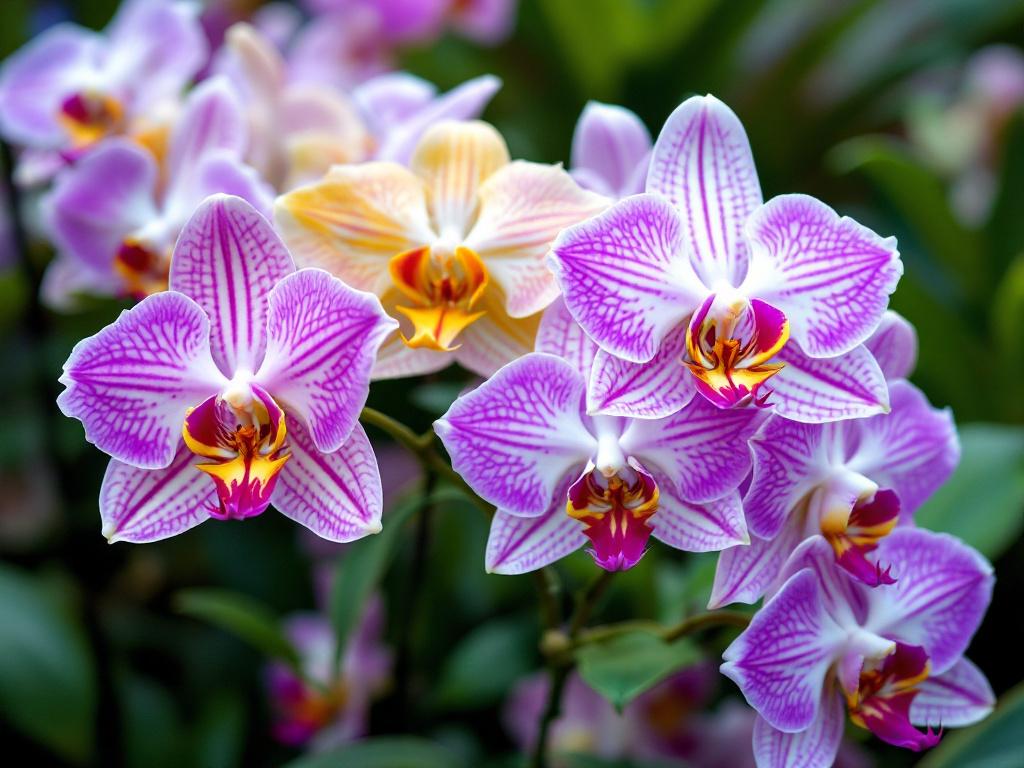
This blog post will explore the top 10 brightest and most durable summer flower varieties, focusing on their resilience, visual appeal, and suitability for various gardening styles. These selections are designed to provide inspiration for anyone looking to enliven their outdoor spaces with summer blossoms that can withstand the heat and continue to flourish throughout the season, ensuring a lasting impact on the garden landscape.
Top 10 Brightest Summer Flowers
Summer gardens come alive with a vibrant array of flowers, each bringing its unique charm to outdoor spaces. Here, we explore ten of the brightest summer flowers that not only add color to your garden but also boast durability and resilience against the elements.
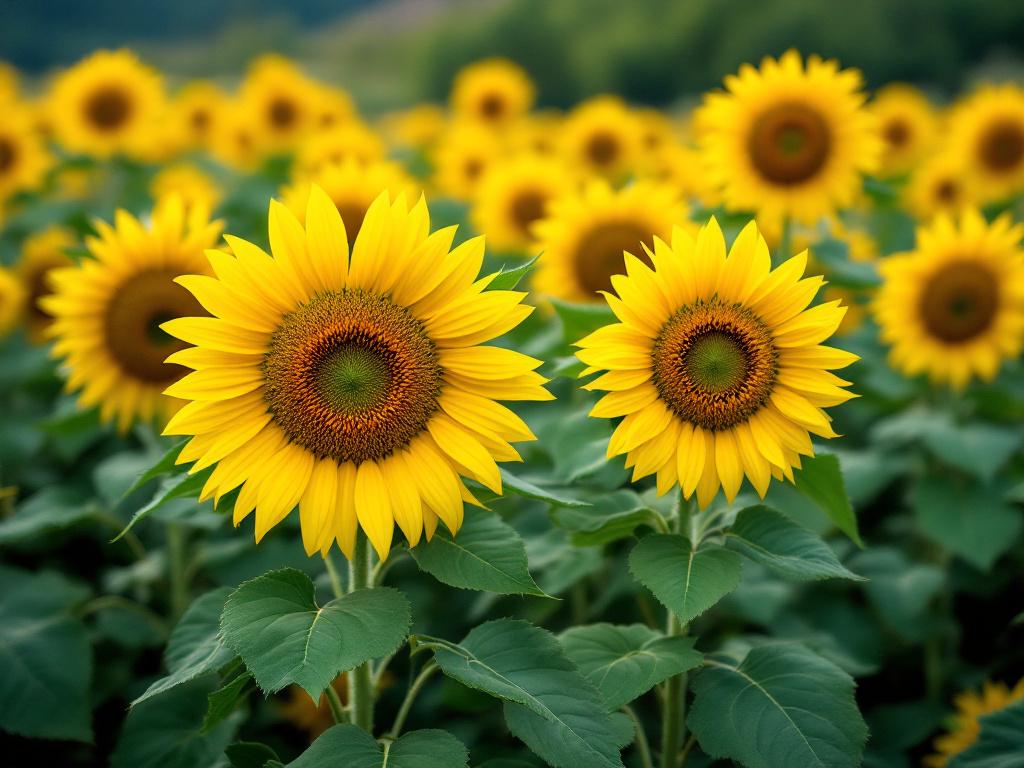
1. Sunflowers – Known for their large, cheerful yellow blooms, sunflowers thrive in full sun and well-draining soil. They can grow to impressive heights and provide a stunning backdrop in any garden.
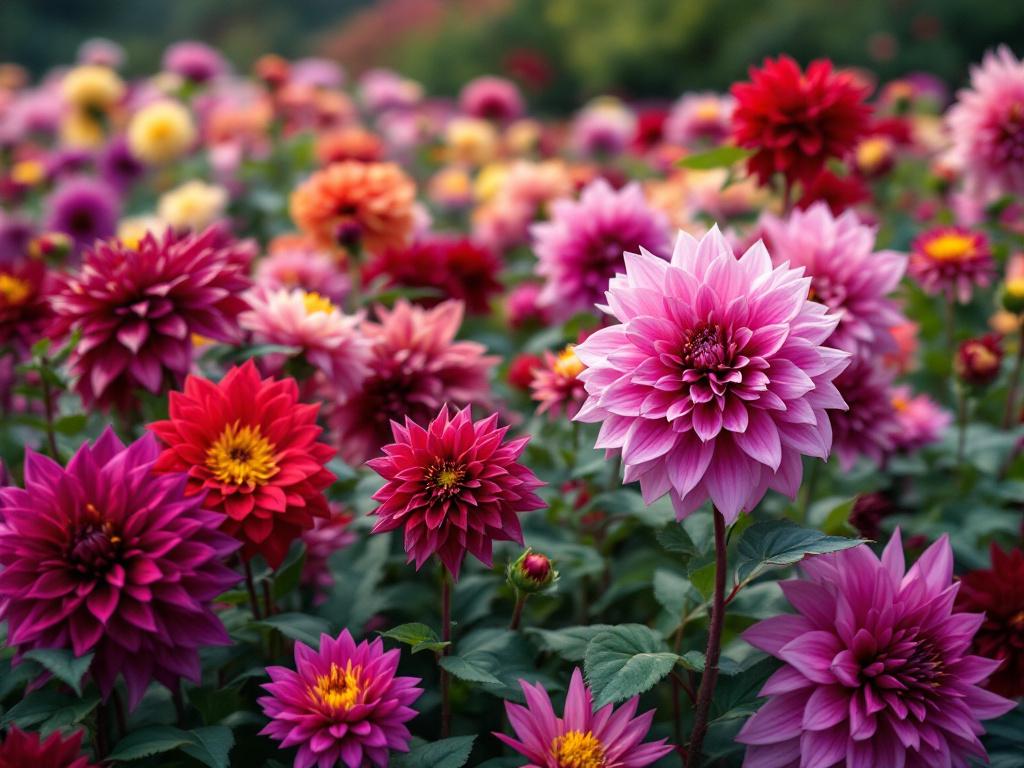
2. Dahlias – These tuberous perennials come in a plethora of colors, including vibrant reds, pinks, and yellows. Dahlias prefer rich, well-drained soil and grow best with regular watering to keep their blooms full and prolific.
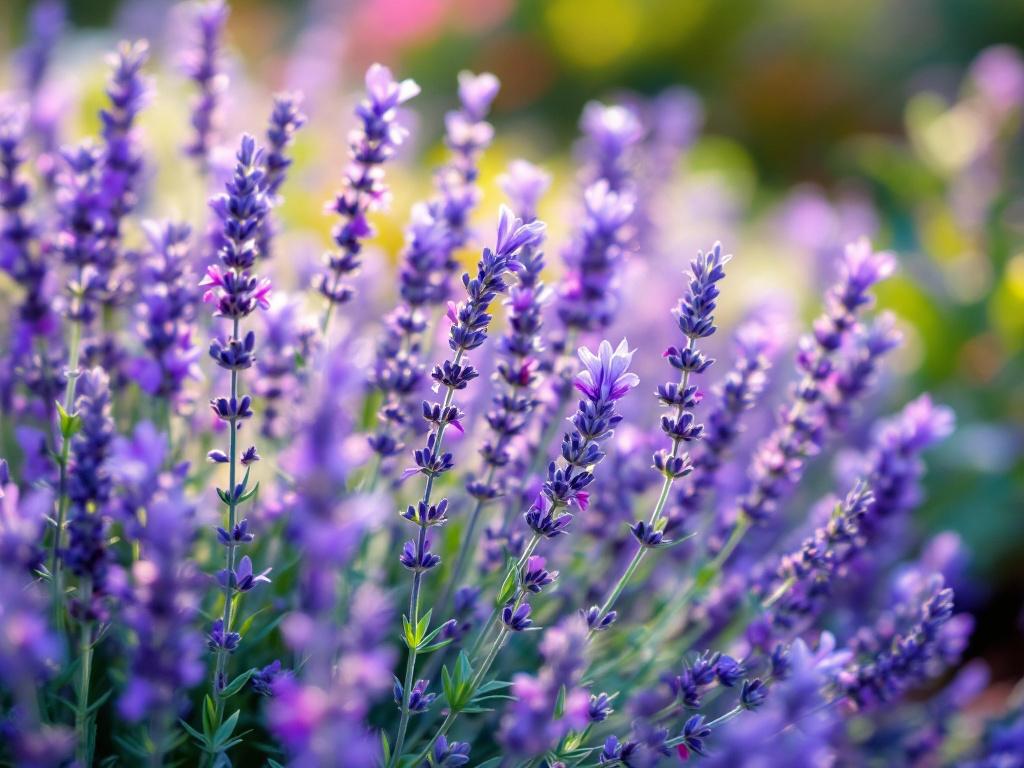
3. Lavender – Famous for its purple spikes and aromatic fragrance, lavender is drought-resistant and thrives in sunny, well-drained areas. This hardy plant attracts pollinators and adds a touch of tranquility to garden spaces.
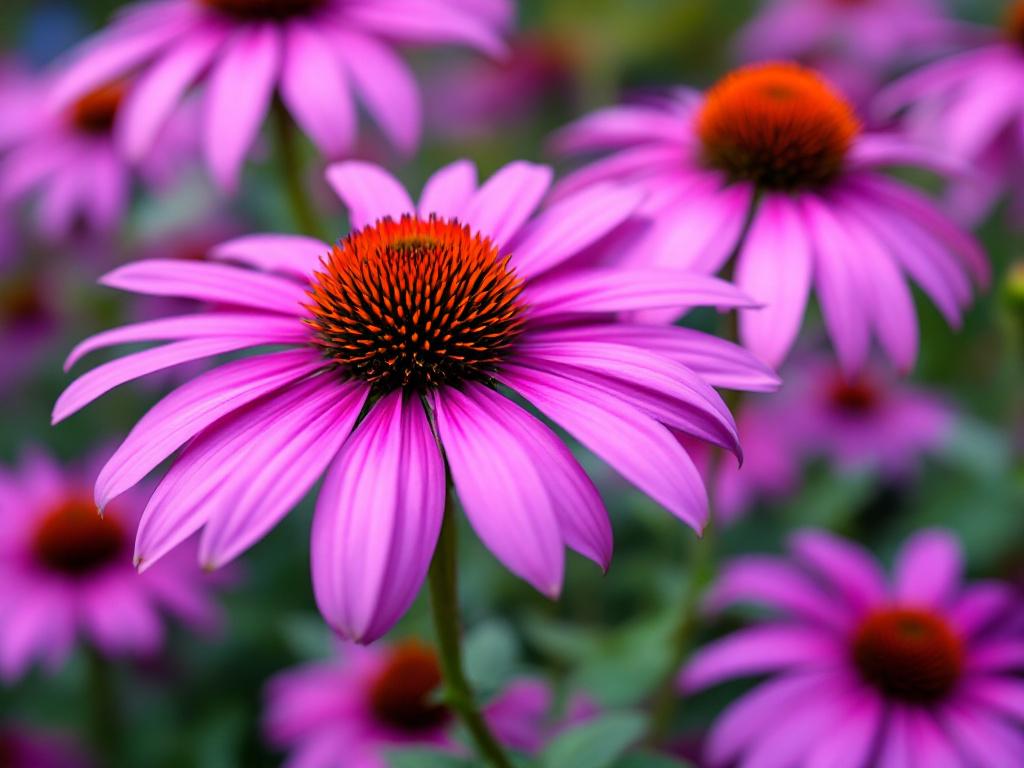
4. Echinacea – Commonly known as coneflowers, echinacea features striking pinkish-purple petals surrounding a spiky center. These flowers are versatile and adapt well to various soil types, making them a favorite among gardeners.
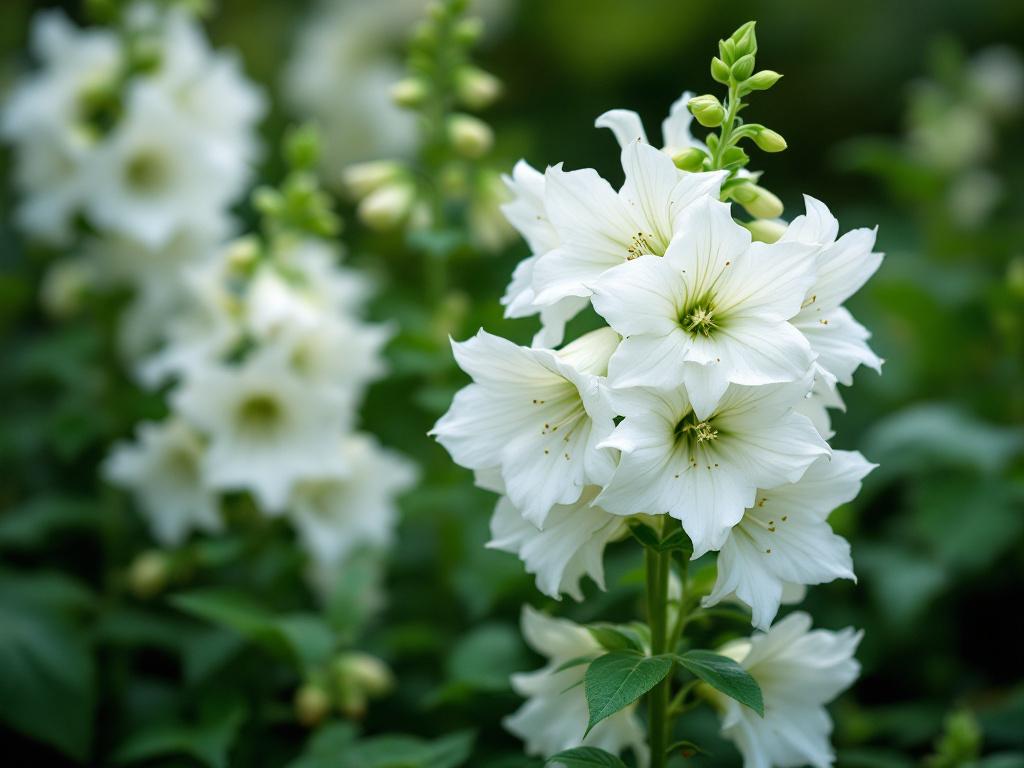
5. Delphinium – Known for its tall flower spikes in shades of blue, purple, or white, delphiniums add vertical interest to gardens. They flourish in sunny locations with rich soil and provide an elegant touch to cut flower arrangements.
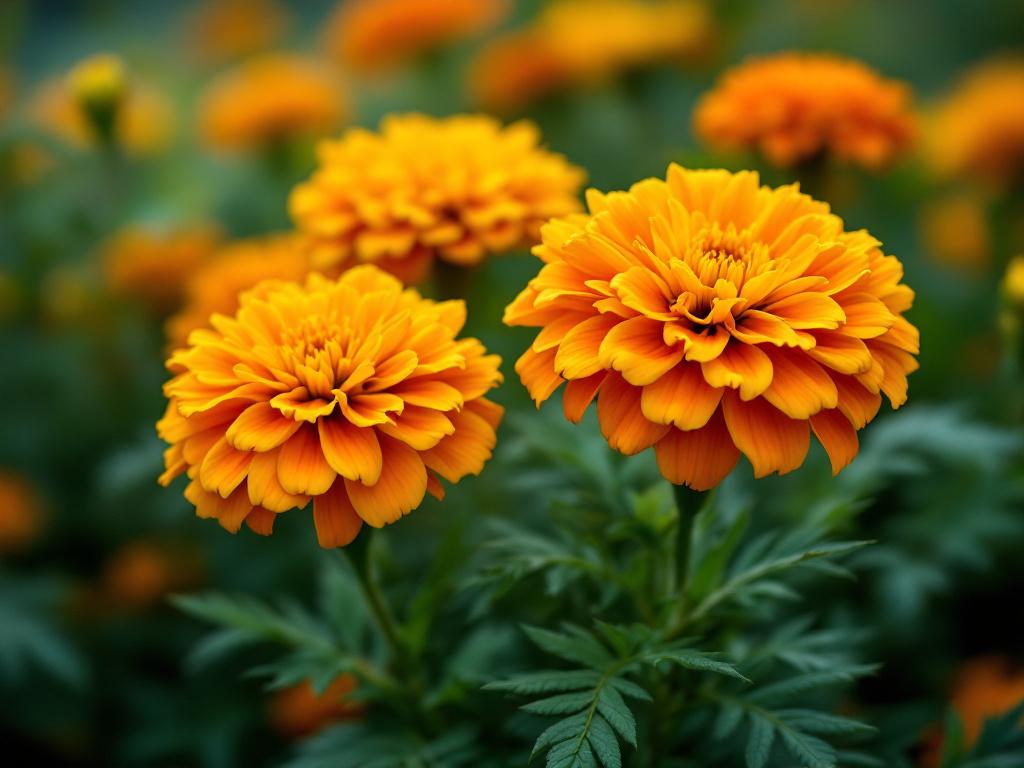
6. Marigolds – With their vibrant orange and yellow hues, marigolds are easy to grow and thrive in poor soil conditions. They are excellent companions for other plants, acting as natural pest repellents.
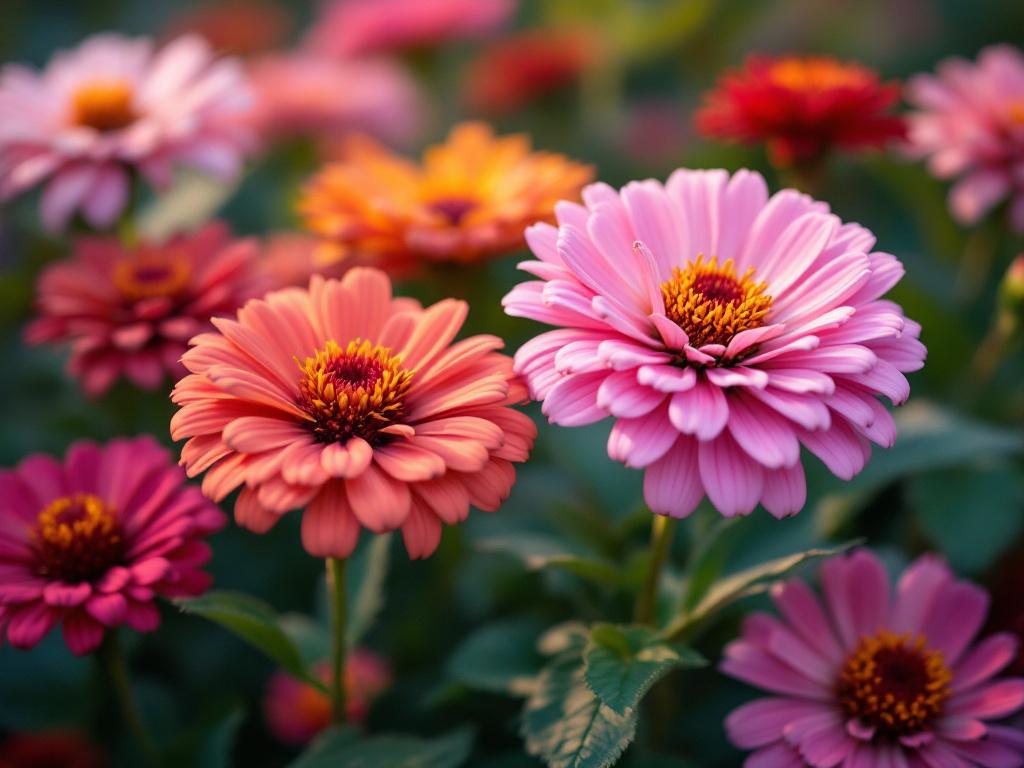
7. Zinnias – These annuals are available in virtually every conceivable color and are known for their long-lasting blooms. Zinnias love full sunlight and well-drained soil, making them a delightful addition to summer gardens.
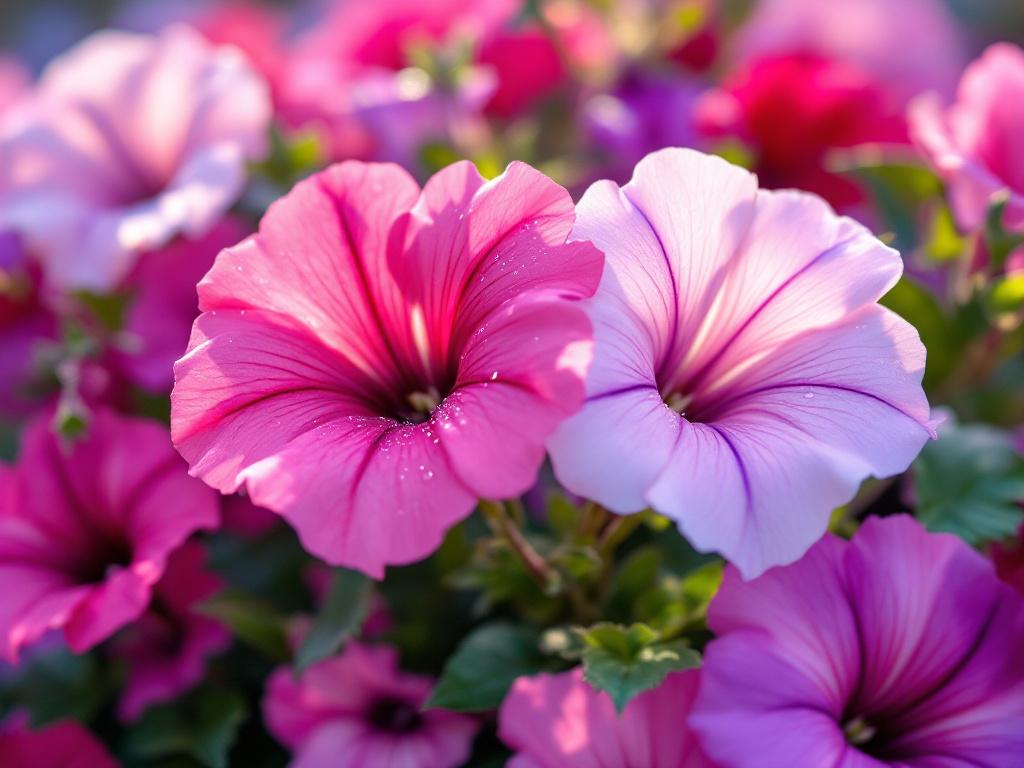
8. Petunias – Versatile and colorful, petunias are perfect for hanging baskets or garden beds. They thrive in full sun and require regular watering to maintain their blooming potential throughout the summer.
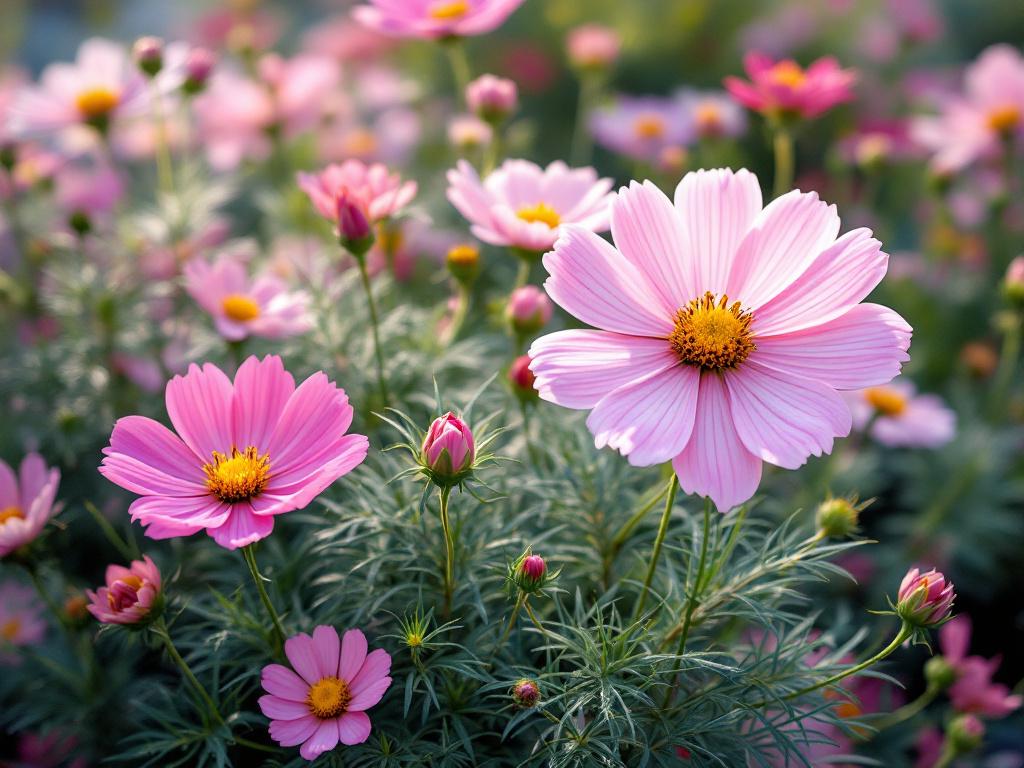
9. Cosmos – With their delicate, feathery foliage and colorful daisy-like flowers, cosmos are bright and easy to grow. They prefer sunny spots and attract butterflies, enhancing the garden’s beauty both visually and ecologically.
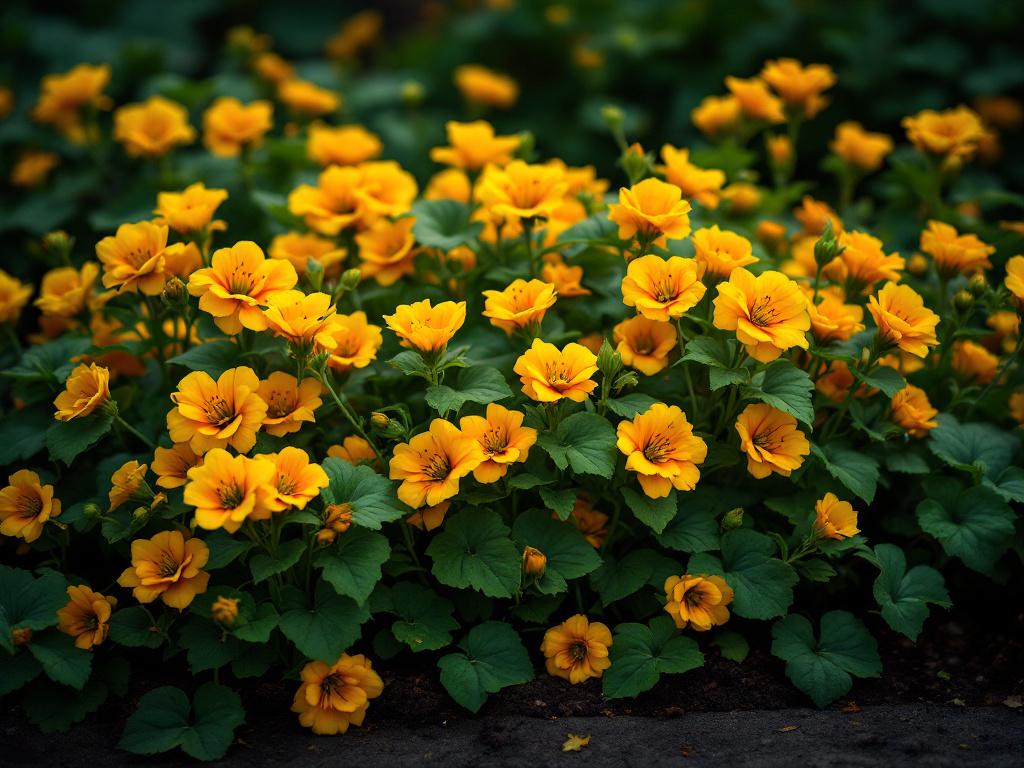
10. Nasturtiums – Known for their bright orange and yellow flowers, nasturtiums are not only aesthetically pleasing but also edible. They thrive in well-drained soils and can flourish in poor conditions, providing a splash of color and flavor in the garden.
Durability of Summer Flowers: Factors to Consider
When selecting summer flowers, understanding their durability is paramount. Several factors contribute to how well these blooms withstand the challenges of the season. One of the most significant factors is climate adaptability. Flowers that thrive in a particular climate will likely endure the harsh conditions associated with summer, including high temperatures and intense sunlight. Species that can tolerate heat, humidity, or arid conditions tend to show greater resilience, ensuring a vibrant garden even during the hottest months.
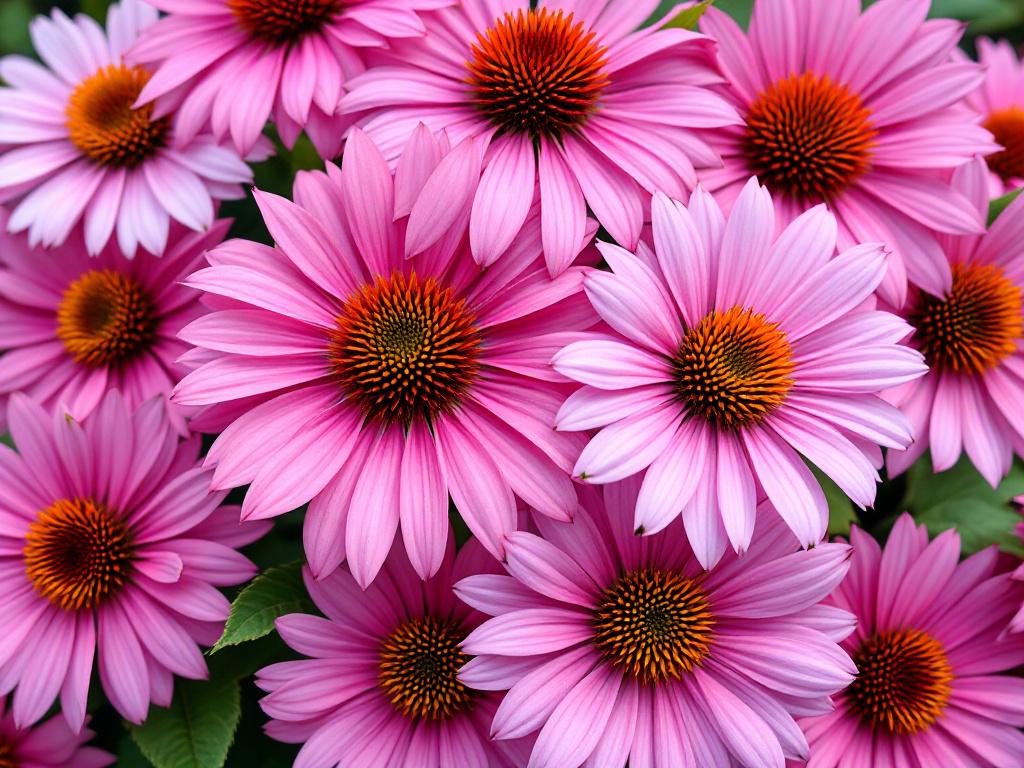
Another critical consideration is the flower’s soil requirements. Different flowers have varying preferences for soil type, pH, and drainage. Choosing flowers that align well with the native soil composition can drastically affect their overall health and durability. For instance, flowers like the hardy Coneflower are known to tolerate poor soil conditions and still flourish. Additionally, regular amendments to the soil, such as compost or organic matter, can promote better drainage and nutrient availability, further supporting flower durability throughout the summer.

Pest resistance is yet another factor influencing the long-term survival of summer flowers. Some varieties possess natural defenses against common garden pests, making them easier to maintain. For example, Marigolds are often praised for their ability to repel nematodes and other harmful insects. By incorporating pest-resistant flowers into the garden, gardeners can minimize the use of chemical pesticides, which can be harsh on the environment and potentially detrimental to the flowers themselves.
In addition to these factors, following best practices in gardening can enhance the durability of summer flowers. Regular watering, appropriate fertilization, and timely deadheading are essential activities that contribute to the overall health of flowers. By understanding these factors and implementing recommended gardening practices, individuals can select summer flowers that not only provide visual appeal but also endure throughout the season.
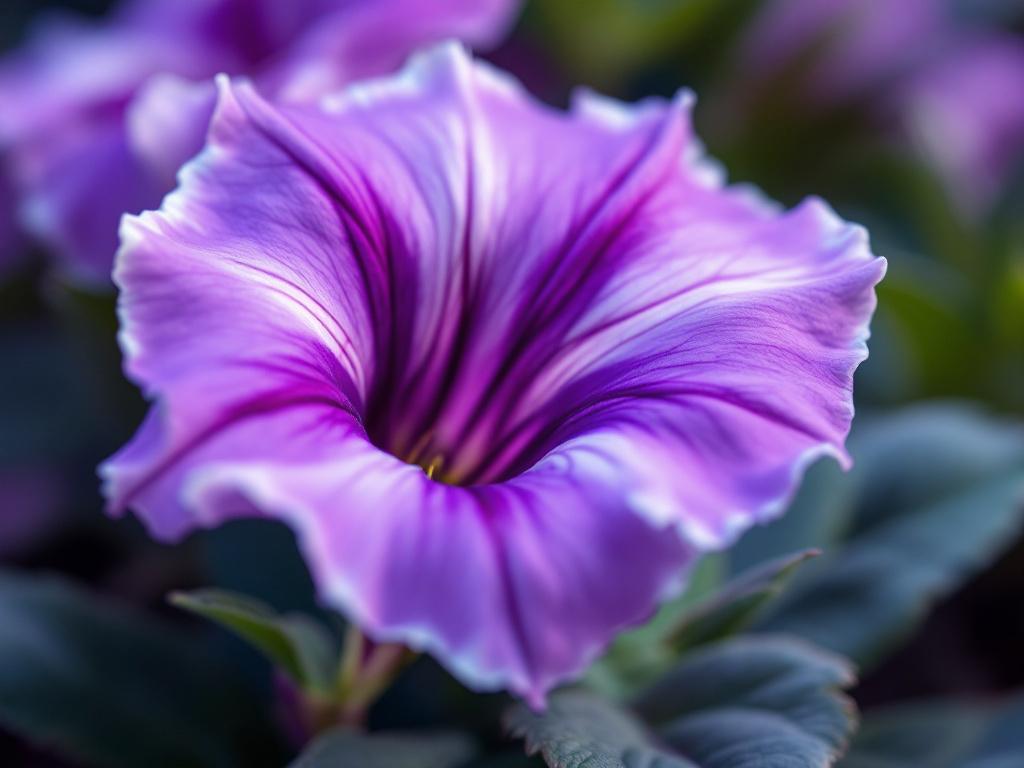
To cultivate bright and durable summer flowers, proper care is essential. This begins with understanding the watering needs of your chosen varieties. Most summer flowers thrive with consistent moisture, particularly during their initial growing stages. It is advisable to water deeply but infrequently, allowing the soil to dry out slightly between waterings. This practice encourages the development of strong root systems. Early morning watering is preferred to minimize evaporation and prevent fungal diseases.
Fertilization plays a crucial role in fostering healthy growth. A balanced, slow-release fertilizer is typically recommended at the beginning of the growing season to provide essential nutrients. For those seeking organic options, compost or well-rotted manure can enhance soil quality and provide necessary nutrients. Periodic feeding every 4-6 weeks during the blooming period can result in more vibrant blooms and prolonged flowering.
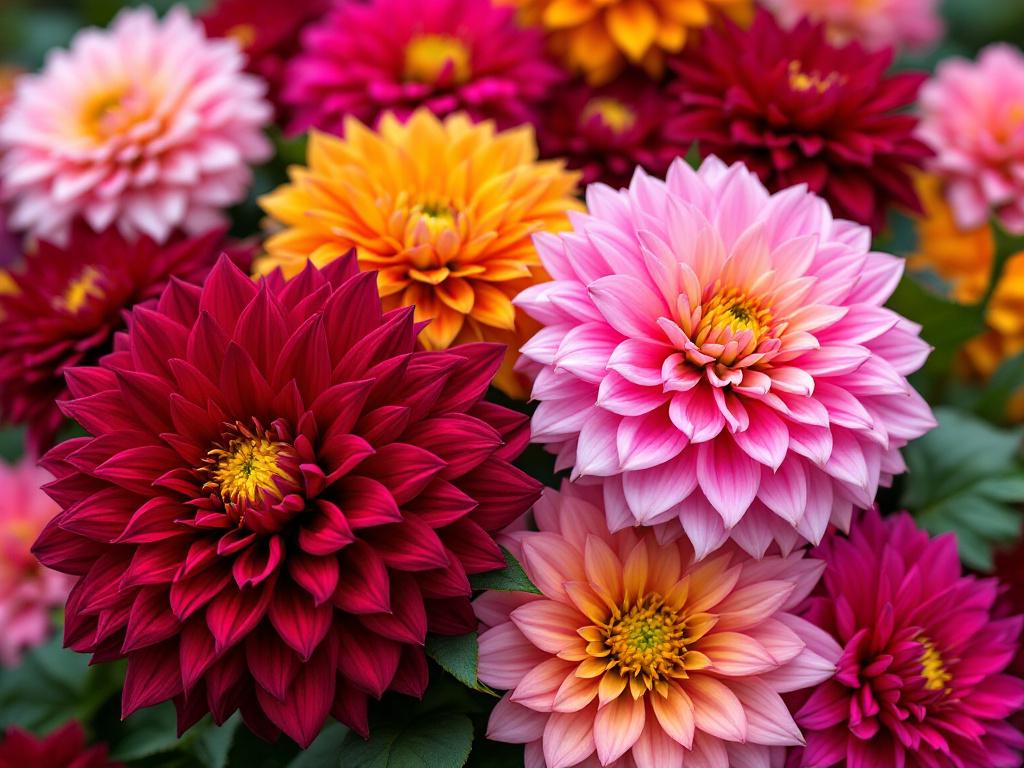
Pruning is another important aspect of flower care. Deadheading, which involves removing spent flowers, not only enhances the aesthetic appeal but also encourages further blooming. Regularly checking for pests and diseases is essential for maintaining flower health. If aphids or spider mites are detected, treating them promptly with insecticidal soap or neem oil can prevent infestations. Furthermore, ensuring good air circulation among plants can help minimize the risk of mildew and other fungal issues.
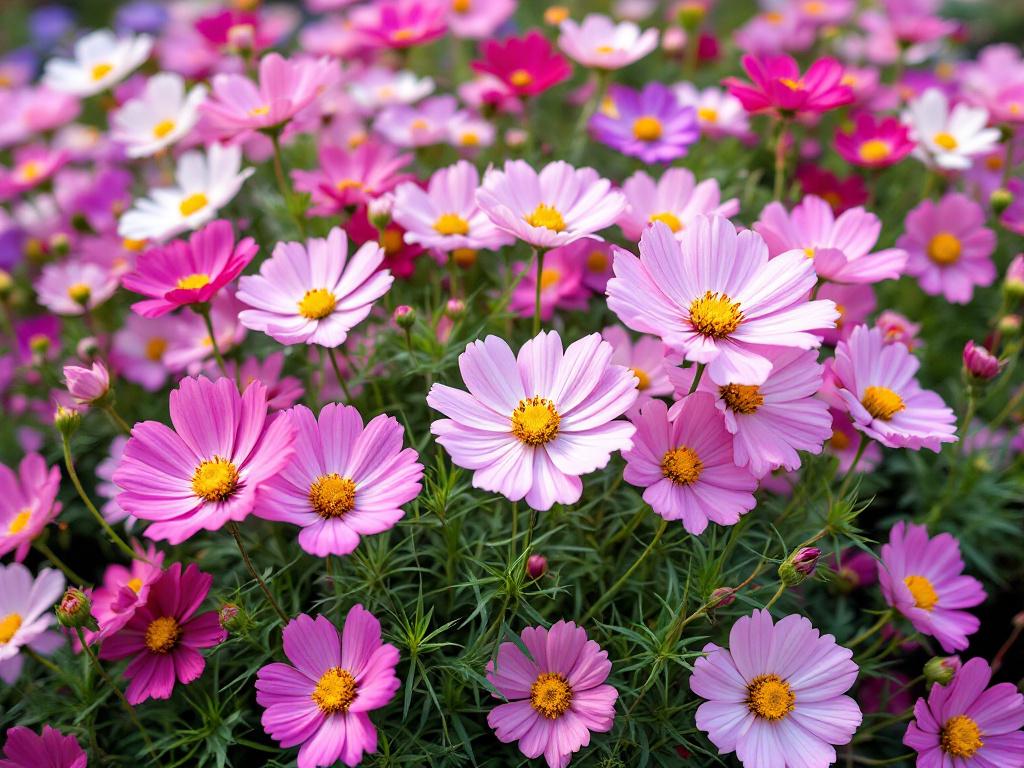
Seasonal tasks such as mulching to conserve moisture, removing weeds, and protecting flowers from extreme heat will contribute significantly to their vitality. During particularly hot spells, providing shade can help prevent wilting. It is essential to monitor the specific needs of each flower variety as some may demand unique care approaches. By adhering to these practical care tips, your summer flowers have a greater chance of thriving, ensuring a vibrant and enduring display throughout the season.
